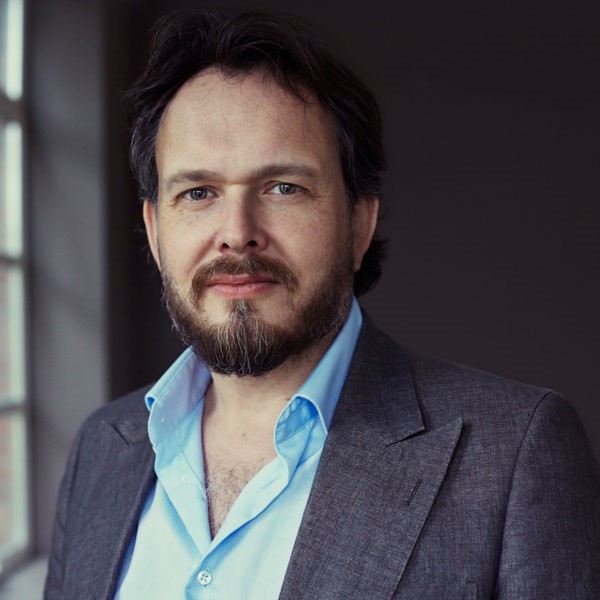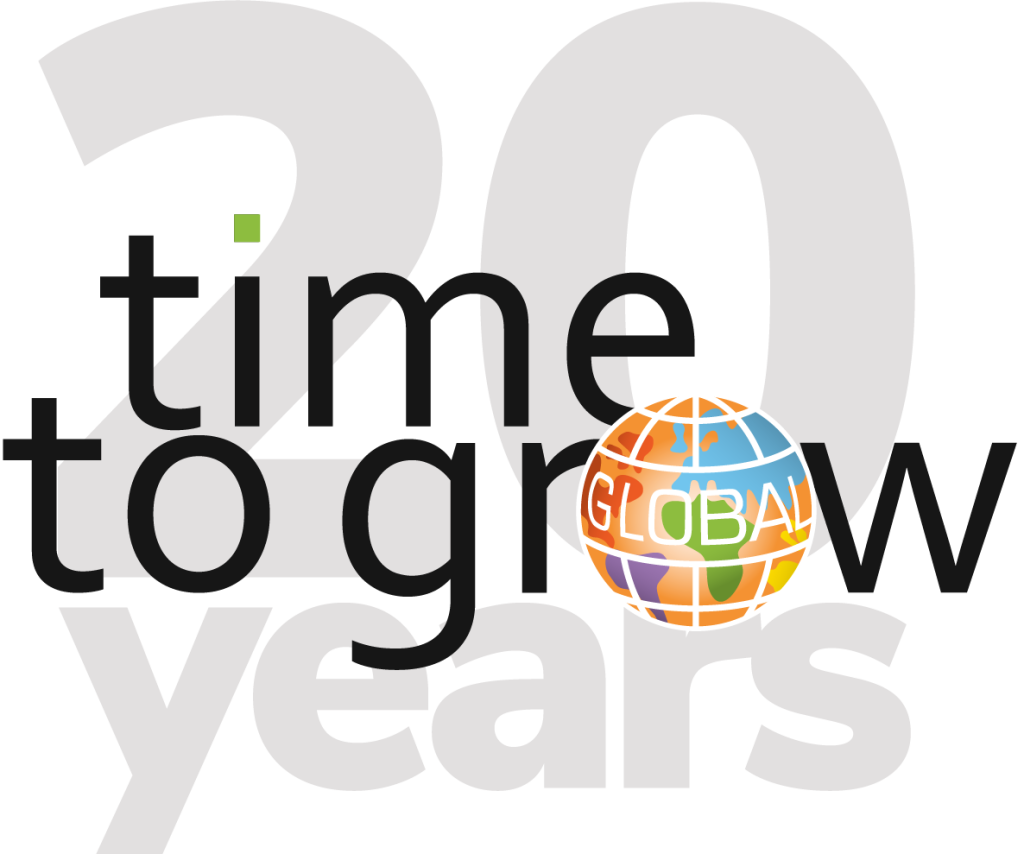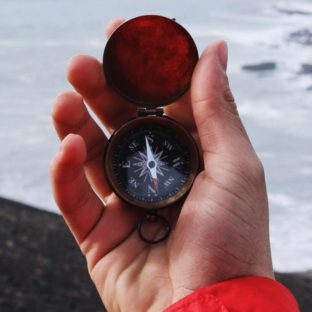Or there should be, at least. Because the relationships between creativity and persistence are already very well-noted in academic literature[1]. And empirical research gives us plenty of scientific findings to back it up[2]. But in practice, persistence and creativity are often only mentioned together in passing.
In the real world, there are lots of reasons to give up on ideas. After all, we must be practical, rational, and objective, right?
Take the venture capital funnel as one example. Bootstrapping start-ups are so often viewed as risky investments, the concept of “Three F’s” has its own place in The Financial Times Lexicon. The premise is that when you first pitch an idea, only Family, Friends, and Fools are going to back your wild ramblings with real money.
On the other side of the fence, we’re naturally massive fans of a big success story. We love tales where our protagonist has a stroke of genius and is rewarded for his brilliance. We’re enthused no end by anecdotes like Fleming’s accidental penicillin discovery and motivated by a good Eureka moment. Did you know super glue and Velcro were accidents?
Exciting, because we like minimal effort.
But Persistence Often Gets Undervalued
Empirical evidence suggests we, as humans, may often undervalue the importance of sticking with creative tasks[2]. And while we may appreciate, support, and brainstorm new ways to encourage it in our companies, we may be underestimating the power of our beliefs. Beliefs which often tell us sticking with it isn’t worth the effort.
Psychological research by Lucas and Nordgren (2015) shows through several studies that we may often underestimate our potential to solve problems creatively. Before study participants were asked to imagine items for a Thanksgiving dinner menu, they predicted how many they could come up with in ten minutes. In total, students believed ten was a reasonable guess for how many dishes or drinks they could imagine. When they were given that ten minutes, they actually came up with fifteen.
The researchers carried out different versions of the same test using different creative tasks—coming up with anagrams, advertising catchphrases—and noticed the same pattern.
So what could it mean for encouraging creativity at work?
Behind Every ‘No’ is a ‘How’
The researchers, Lucas and Nordgren, suggest that as individuals, we should ignore our first instinct to give up when creative problems begin to feel tough. That is, we can turn that “No, I’m done”, into a conscious choice to persevere.
For leaders and teams, we see a few more on top of this. The goal then, if we’re to spark creativity, is to turn these “No” instincts into a “How”.
First, we can consider our work culture. It doesn’t hurt to take a proverbial step back and consider “How we get things done around here”. The stories we tell ourselves, the ways we communicate, the rituals and routines that give our companies a shared paradigm. Are these conducive to persistence, or are they—on closer inspection—actually risk-averse?
We can look at Google for inspiration here. Well-known for allowing employees 20% their time to pursue side projects, and even better known for innovation. Or Microsoft, which holds bi-annual ‘Science Fairs’ for their people to showcase their spare-time projects. Or Virgin, where there’s “No such thing as a bad idea.”
Now smaller companies may not have the resources of a tech giant like Microsoft or Google, but we can make reasonable effort to turn those ‘Nos’ into something more valuable. Starting small, we can even make these changes to the way we speak every day. Do you realize how often you really say ‘No’ on a daily basis? Does the word feature quite a lot in meetings? Do people have space to talk about their ideas?
How much autonomy do they have when it comes to smaller, routine tasks?
Even silence can do wonders for turning “No” into “How”.
Because, People Are Curious
We are and have always been, information seekers, and we can’t help ourselves from wondering “Why?”. This lasts our whole lives, long after our frustrated parents set some (albeit warranted) boundaries for it. Every day, we tap into some information source or another—we’re arguably insatiable.
We can leverage this innate drive for creativity only once we stop underestimating the value of persistence. At its most basic level, we can start by becoming more attuned with our intrinsic beliefs. We have to catch ourselves when we’re about to give up on creative tasks first. Then we can think about whether it might be worthwhile to persevere.
Only then, can we actualize our potential by asking “How”? Of ourselves, of others, and even of the world around us.
Subscribe to our weekly blog or join us on LinkedIn, where all questions are welcomed!
[1] Csikszentmihalyi, M. (1996). Creativity: Flow and the psychology of discovery and invention. New York, NY: HarperCollins.
[2] Lucas, B. J., & Nordgren, L. F. (2015). People underestimate the value of persistence for creative performance. Journal of Personality and Social Psychology, 109(2), 232-243.
[3] Kidd, C., & Hayden, B. Y. (2015). The psychology and neuroscience of curiosity. Neuron, 88(3), 449-460.

Govert is Time To Grow Global’s Managing Partner, specializing in Strategy Facilitation, Leadership development and Organisational performance. Reach him on our Time To Grow Global LinkedIn.


